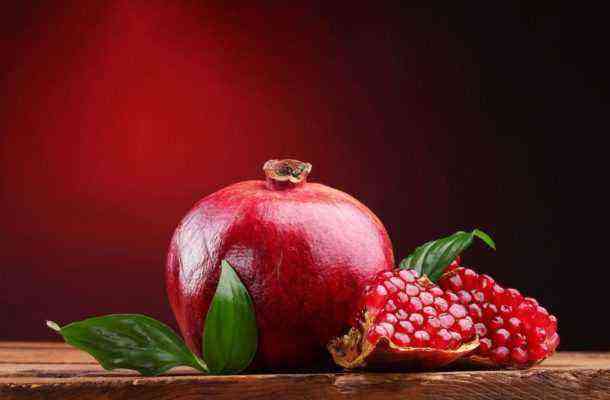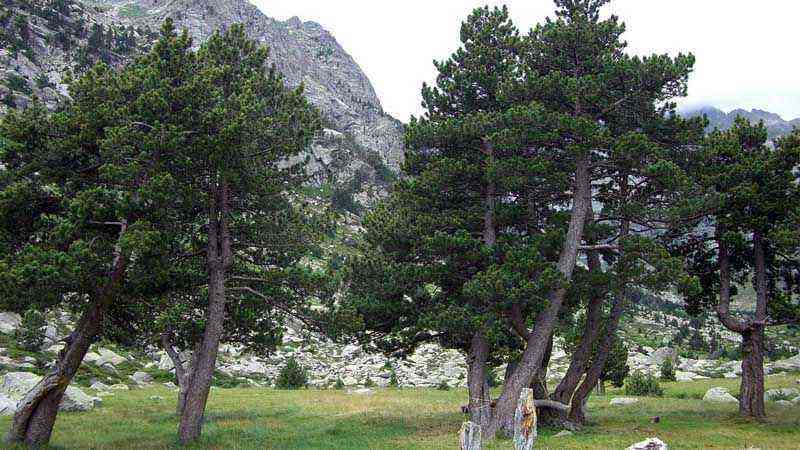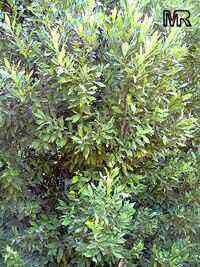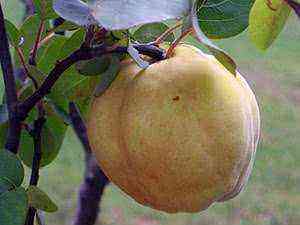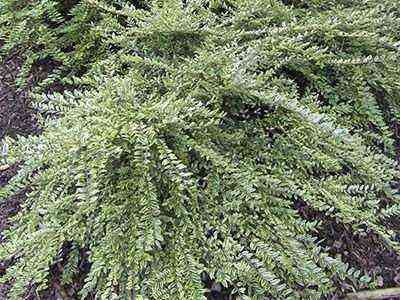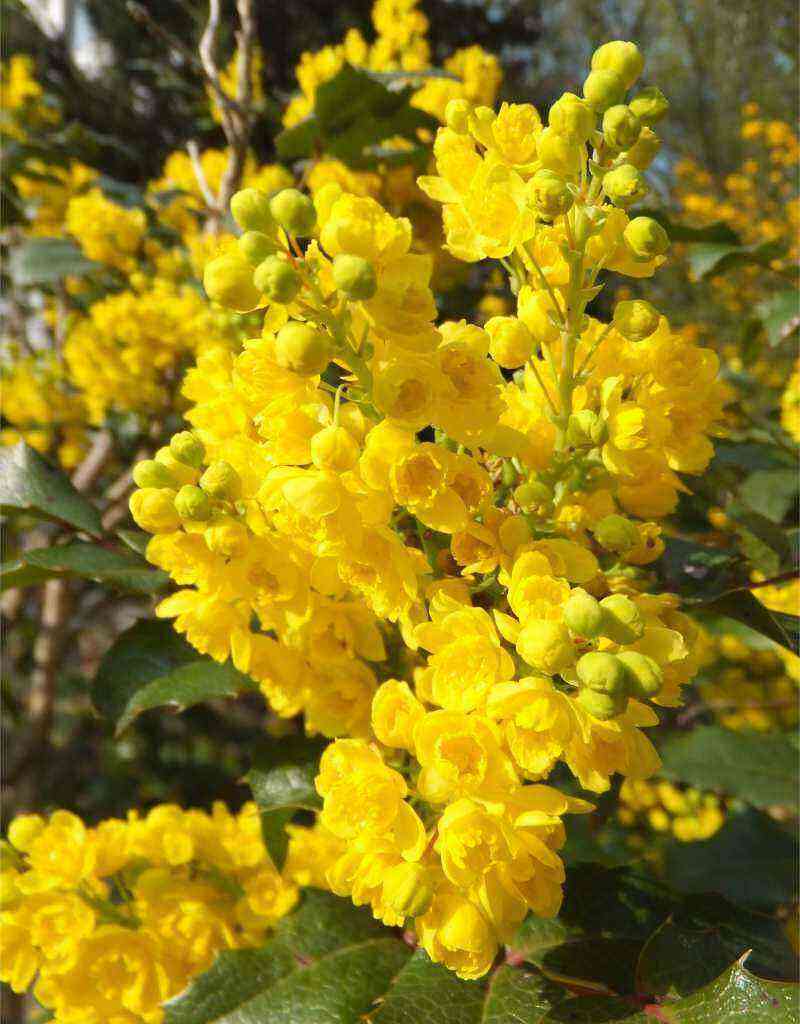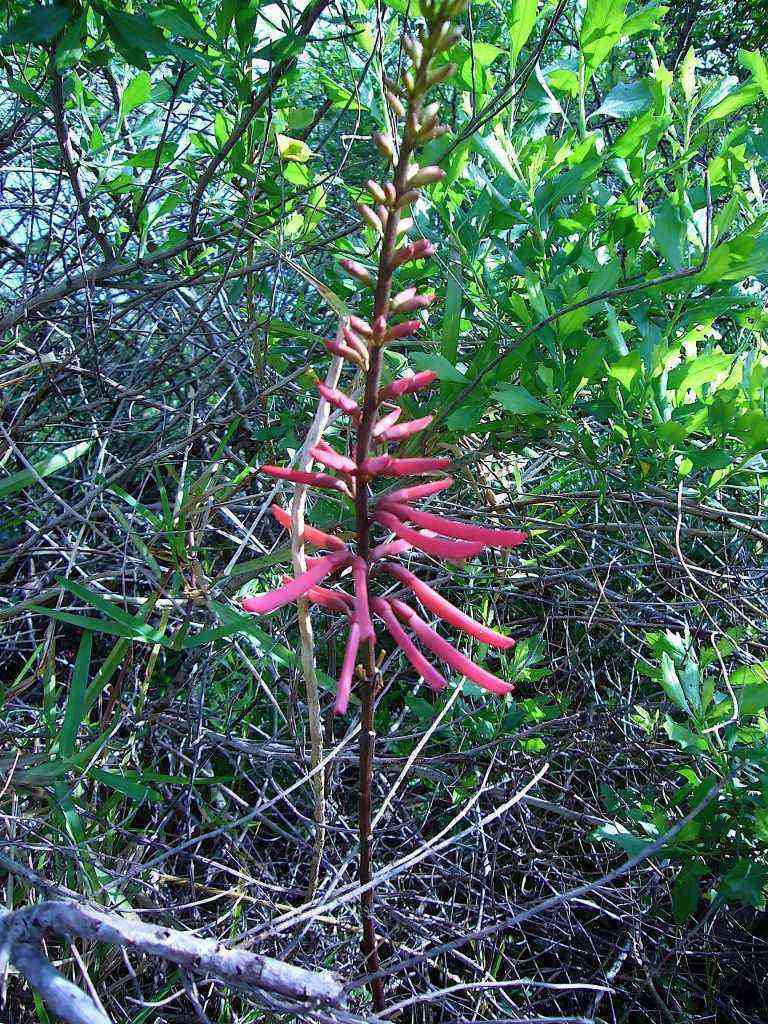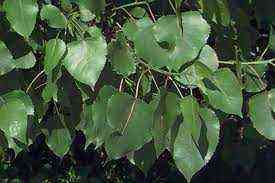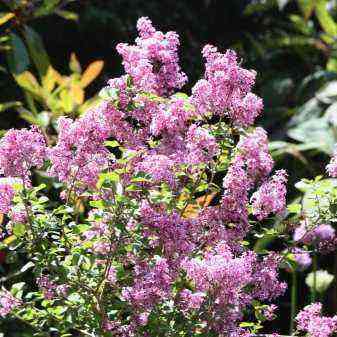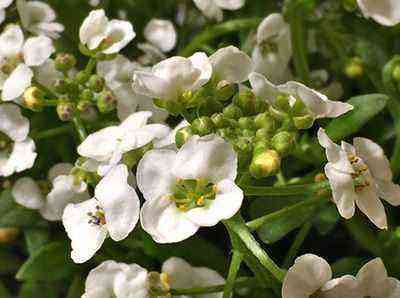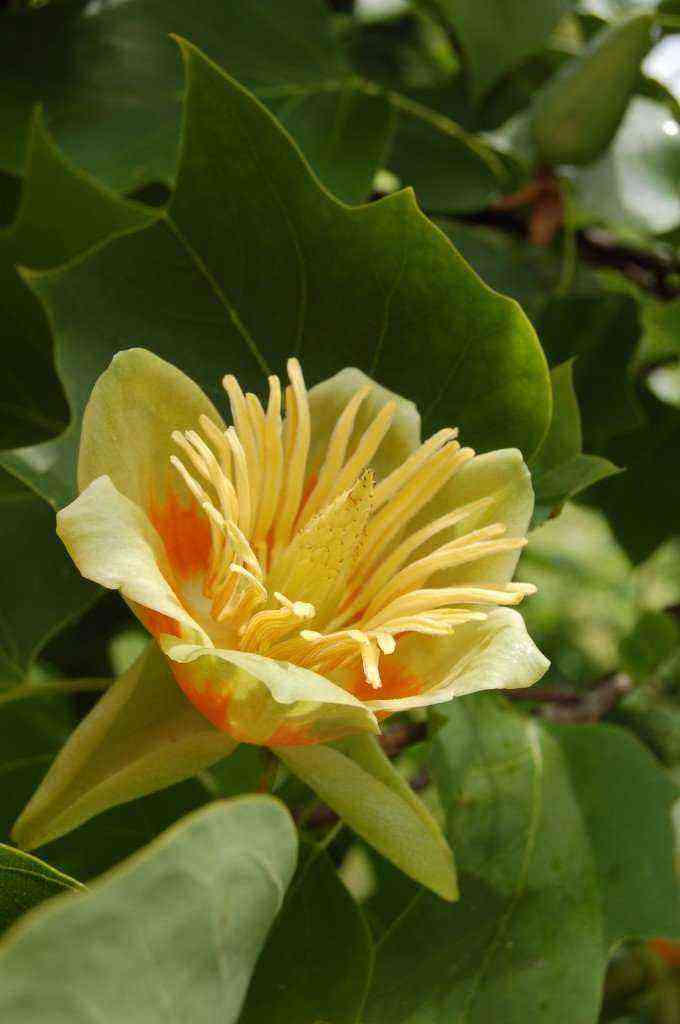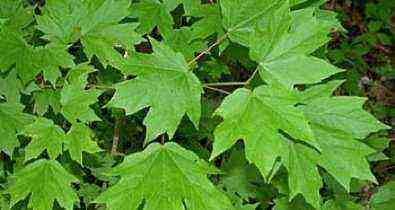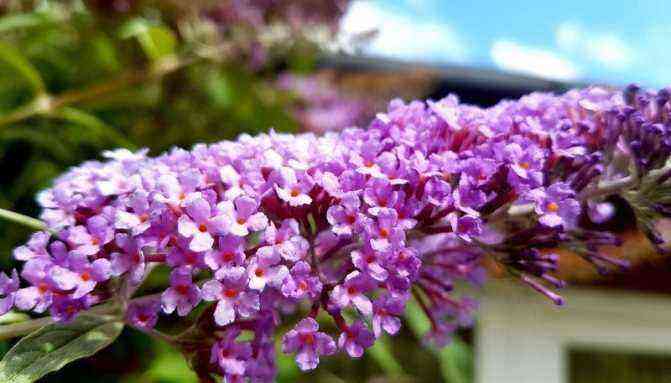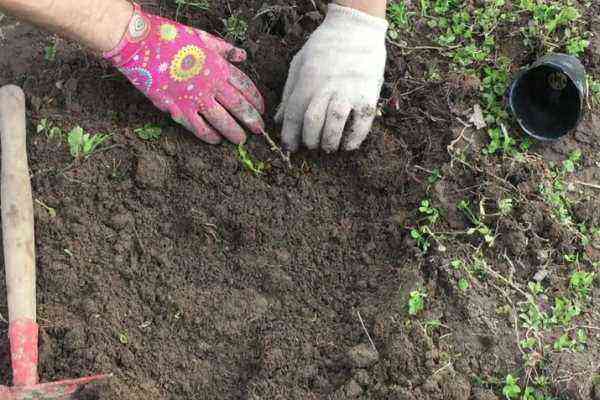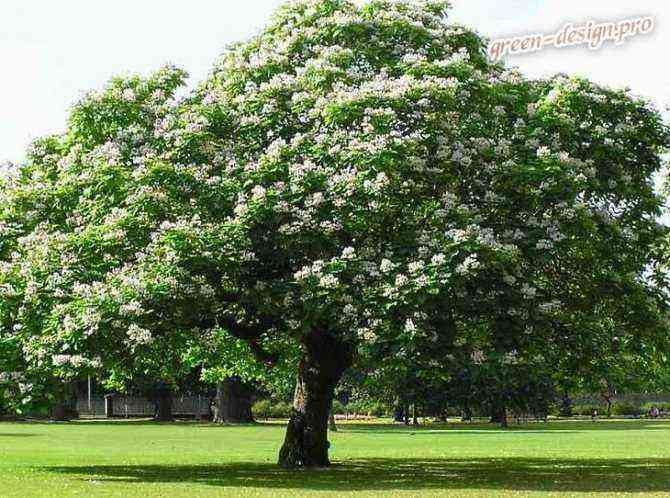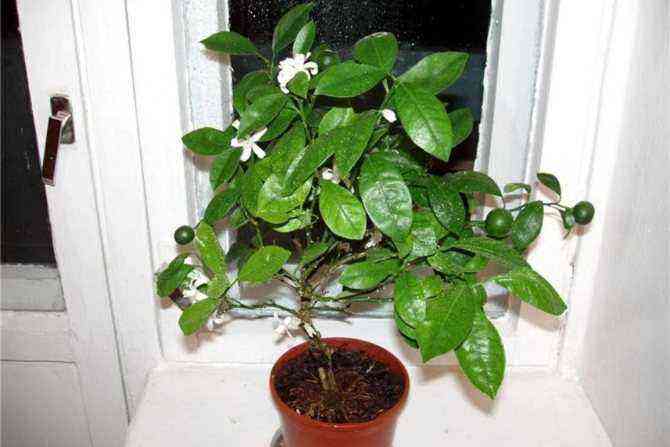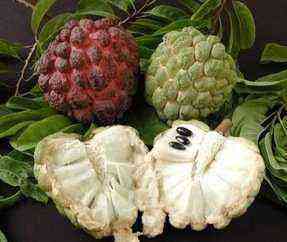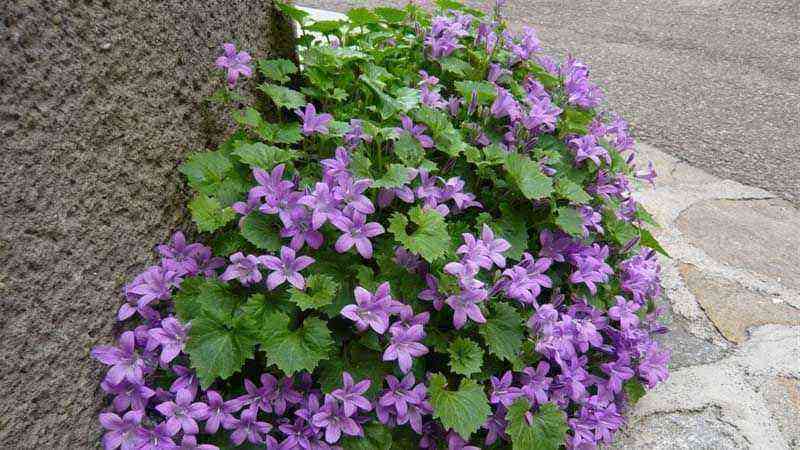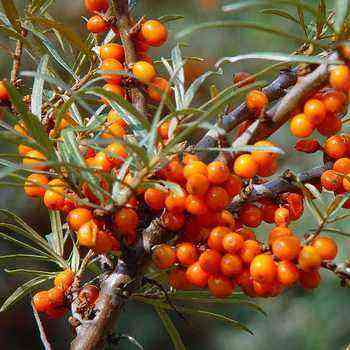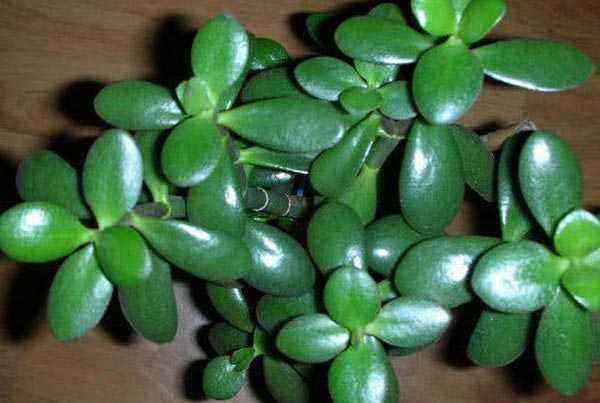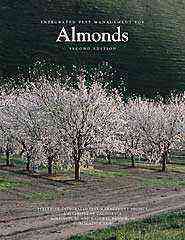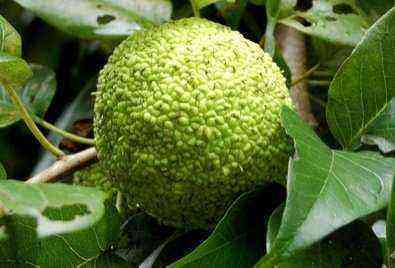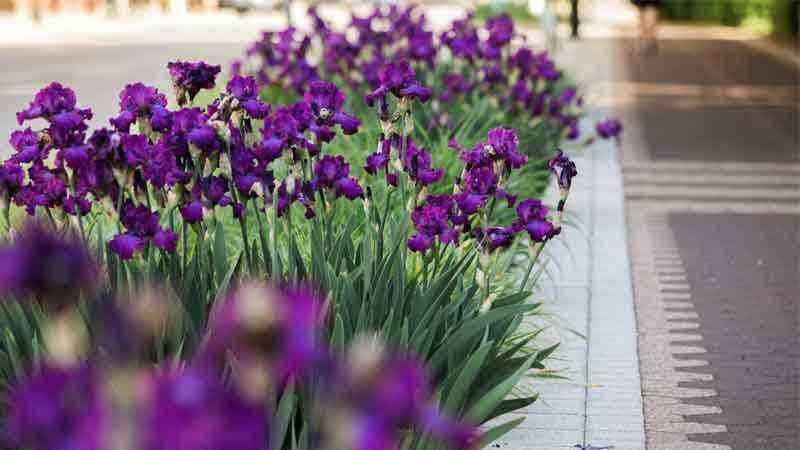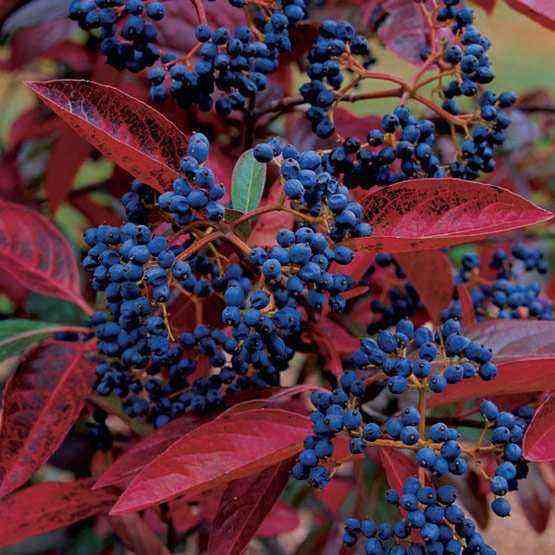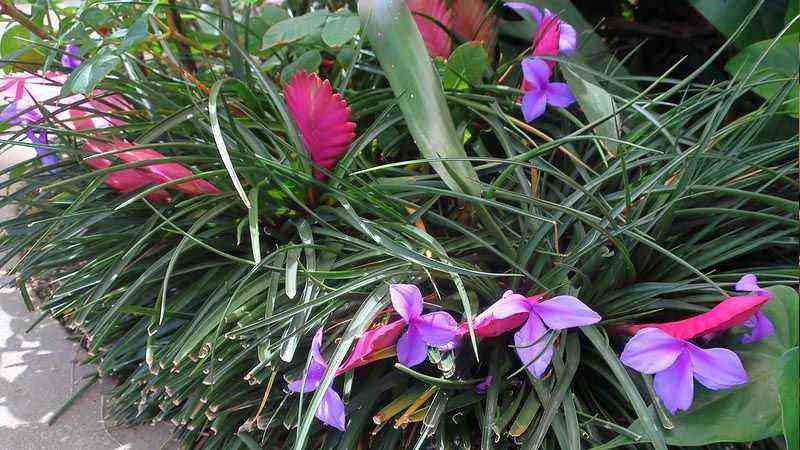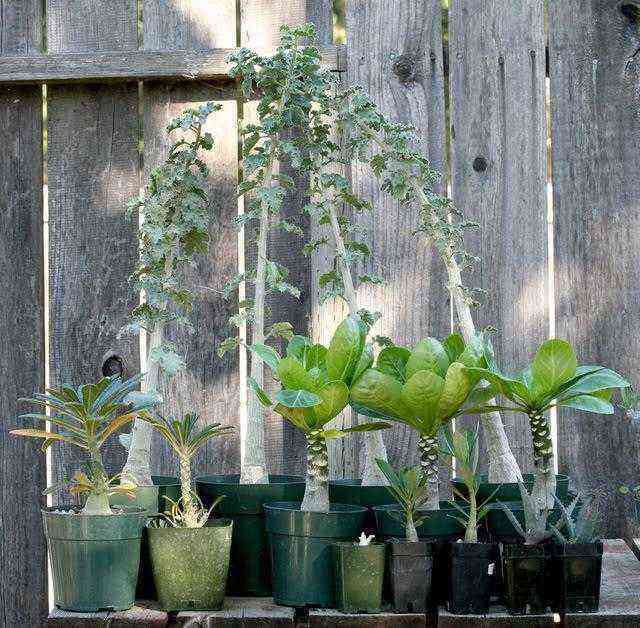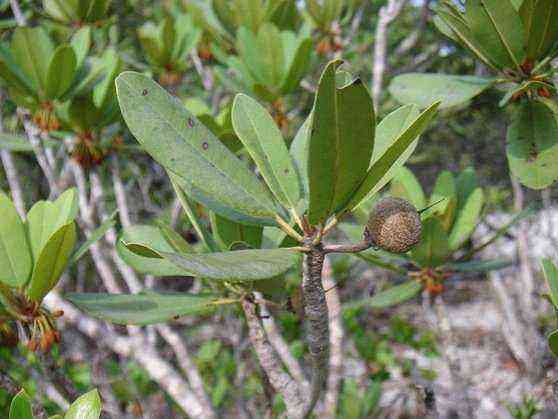Bergamot ( Citrus х Bergamine ) is one of types of citrus fruits, belonging to the root family. Known as bergamot, bitter orange, bey pear or bey pear, it is an endemic hybrid of the Italian peninsula with wild ancestors of Asian origin.
It is a medium-sized tree with a smooth stem and sinuous growth, simple, leathery, hardy and bright green leaves. Small white flowers are grouped in the upper clusters, they are very aromatic and give characteristic pear-shaped fruits with smooth skin, intense yellow color and sour taste.
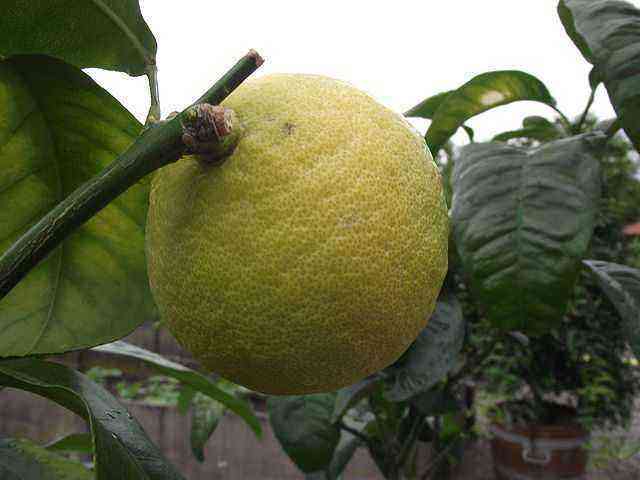
Its cultivation is limited to the Reggio de Calabria region in southern Italy, in a mountainous area near the Mediterranean coast. The largest production of bergamot in the world takes place in this microclimate region, which covers about 1500 hectares.
It grows in cool, well-drained soils in full sun to express its maximum productive potential. It adapts to hot climates with an average temperature of 25-35 ºC, as well as cool winters, which do not affect its physiological state, as it is prone to frost.
It is grown for its juicy, albeit not very edible, fruit that has various medicinal properties such as sedative, antispasmodic, antiseptic, and digestive. In addition, an essential oil is extracted from the fruit, which is used in perfumery, cosmetics and aromatherapy.
General characteristics
Appearance
An evergreen tree of medium size, as a cash crop it reaches 5-6 m in height, in the wild it reaches 12 m. Straight, cylindrical, smooth, grayish-brown stem, wavy and brittle branches, depending on the variety, with or without thorns.
Property
The root system is rotatable, with the main root, which in sandy soils reaches a depth of 5-6 m. Thick and powerful secondary roots develop near the elongation area, from which numerous roots extend.
The root bark is usually thicker than the stem bark because it acts as a storage structure. Indeed, due to the environmental conditions in which it grows, carbohydrates accumulate in the roots in winter.
Tables
Leaves are simple, alternate and persistent, lanceolate, oblong or ovate, 8-10 cm long and 5-6 cm wide. Leaves leathery, margins with rounded teeth, dark green on the upper surface and light green on the underside, short articulated petiole and numerous aromatic glands.
flowers
Actinomorphic, pentameric and fragrant flowers Citrus × bergamia grouped in the upper inflorescences on pedicels 8 mm long. The calyx has five welded green petals and five pearly white petals covered with sebaceous glands.
The flowers are characterized by the presence of a ring of nectaries around the base of the ovary, giving it a characteristic aroma. Flowering from April to May, fruiting from November to March.
Fruit
The fruit is an ovoid or pear-shaped berry 9-15 cm long and 8-12 cm in diameter, often with a small navel and perennial style. The skin is 4-6 mm thick, smooth or rough, from bright green to yellow, with numerous sebaceous glands.
The inner part of the fruit or mesocarp is white, the endocarp is divided into 10-15 galleries containing seeds and greenish juice with a bitter taste. The flattened seeds are 11 mm by 6 mm in size, yellow in color and usually single-embryonic, have 5-15 units per fruit.

Chemical composition
Fruit citrus × bergamia are inedible due to their strong sour taste, but they are industrially used to produce essential oils. This oil contains a variety of chemicals including a-bergapten, geraniol acetate, linalyl acetate, and neryl acetate.
Similarly, a-pinene, a-terpineol, b-bisabolene, geraniol, limonene, linalool, myrcene and nerol. The main active ingredients are limonene (30-45%), linalyl acetate (22-36%), linalol (3-15%), gamma-terpinene (6-10%) and beta-pinene (5-9%). .).
Toxicity
Recent clinical studies have determined that bergapten present in essential oils is toxic. Its regular use in sensitive people can cause gastrointestinal upset, as it blocks the absorption of potassium through the intestinal mucosa.
Bergamot also contains bergamotin or bergamotin, natural furanocoumarin, or a secondary metabolite of phenolic origin. Its consumption can alter the functionality of cytochromes and the metabolism of certain drugs.
The essential oil is considered phototoxic. Therefore, its use should be limited at least 24 hours before if the patient will be exposed to the sun.
Taxonomy
– plant reins
– Division: Magnoliophyta
– Class: Magnoliopsida
– Subclass: Rosidae
– Order: Sapindales
– Family: Rutaceae
– Subfamily: Citroidae.
– Трибу: Citreae
– Genus: Citrus.
– Species: Citrus x bergamia Risso & Poit.
Habitat and distribution
Types Citrus x bergamia grow in Southeast Asia and were introduced to the Italian peninsula in the middle of the 16th century. It is currently grown in the Calabria region of southern Italy, Tunisia, Algeria, Morocco and Ivory Coast.
Its production is limited by the special microclimate on the Mediterranean coast of the Calabria region in Italy and Sicily. Bergamot is the symbol of the province of Reggio Calabria, where about 90% of the world’s production of these citrus fruits is grown.

Some varieties are grown in Spain, in the Mersin region of Turkey, in America in Argentina, Brazil, Uruguay and in the state of Georgia in the United States. Currently, there are three varieties of bergamot, Castagnaro, Fantastic and Femminello, which are the most commercially sold Fantastic varieties.
Bergamot thrives in warm climates with full sun exposure. In fact, the main production region of this species in the south of Italy presents ideal environmental conditions for its reproduction.
The microclimate of the region is characterized by a high average annual temperature and the greatest amount of daylight hours. In summer, the average temperature is 26 ºC, cool winters without frost and a wide range of temperatures day and night.
However, bergamot can be grown in other conditions in the absence of accidental frost. Likewise, it requires temperatures of at least 4-12 ºC at night and high solar radiation during the day.
Reproduction
Bergamot is propagated by grafting, transplanting is practically the only way to reproduce the species. The best results are obtained using bitter orange, which produces weather-resistant trees.
Currently legs Citrus aurantium used as rootstocks with very good production results and resistance to environmental conditions. Citrus aurantifolia used previously, but the yield was significantly reduced, and the plants were less resistant to sudden changes in temperature.
Bergamot usually grows very slowly. The tree has a tendency to productive flowering and fruiting from 7-9 years, then it is capable of producing crops up to 40-50 years.
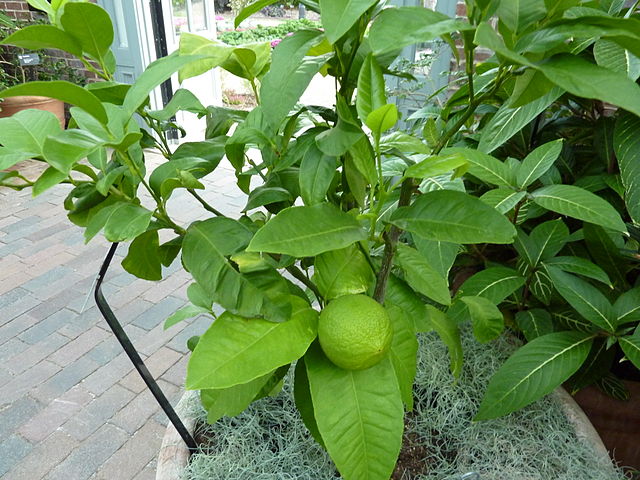
Care
Location
It is recommended to plant in full sun as this requires good radiation during the day. Indoor plants can be placed on sunny patios or terraces.
I usually
Loamy, loose, well-drained and fertile soils are required. Weakly acidic soils promote the absorption of minerals such as iron.
Temperature
Growing requires a warm climate, with an average spring and summer temperature of 25-30 ºC. In winter, due to low temperatures, the plant goes into a dormant period before the beginning of fruiting.
Transfer
Like most citrus fruits, bergamot is difficult to transplant if it was originally planted in pots. When transplanting, it is advisable to take care of the root system and install a drainage layer that prevents the accumulation of moisture at the planting site.
Irrigation
When setting up a crop, frequent watering is recommended, avoiding waterlogging around the plant. It is recommended to increase the frequency of watering at the beginning of flowering and during fruiting.
To pass
4-5 years after sowing, it is recommended to start applying organic fertilizers or fertilizer formulas in accordance with soil analysis.
Poda
It is carried out from 2-3 years old, in the initial phase of growth, when unorganized growth of suckers is observed.
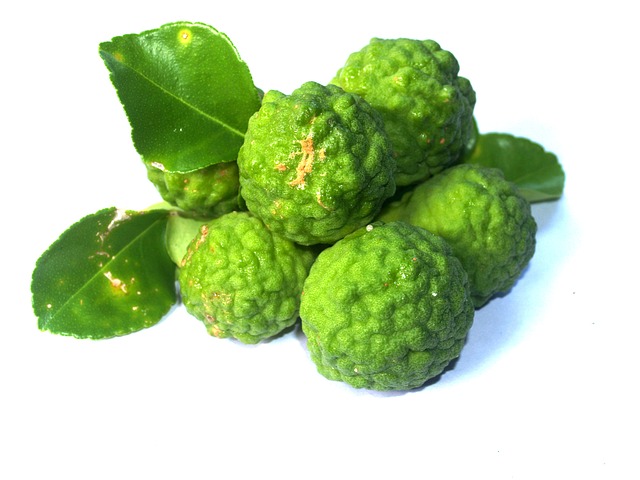
Food
Bergamot is a small, pear-shaped citrus fruit with a very sour taste and yellowish undertones. Phytochemical analyzes have determined the presence of various health-promoting nutrients such as vitamins A, B, and C, as well as calcium, phosphorus, iron, potassium, and sodium.
Its peculiarity is that, unlike other citrus fruits, bergamot is not eaten, since its taste is very bitter, therefore it is used only for aromatization. It has various medicinal properties, therefore it is indicated for the preparation of medicinal formulas and cosmetology, including aromatherapy.
Its high vitamin C content acts as an antioxidant, effectively strengthening the body’s defenses, preventing colds and controlling anemia. The presence of B vitamins protects the neurological system and is also rich in vitamin A, which is essential for healthy skin and eyesight.
Nutritional value at 100 g
– Energy value: 45-50 kcal
– Carbohydrates: 10 g
– Dietary fiber: 1 g
– Sugar: 8 g
– Calcium (Ca): 25 mg
– Iron (Fe): 0,5 mg
– Fosforo (P): 18 mg
– Sodio (Na): 2 mg
– Potassium (K): 150 mg
– Vitamin A: 400 IU
– Thiamine (vitamin B1): 0,05 mg
– Riboflavin (vitamin B2): 0,4 mg
– Niacin (Vitamin B3): 0,2 mg
– Vitamina C: 40 mg
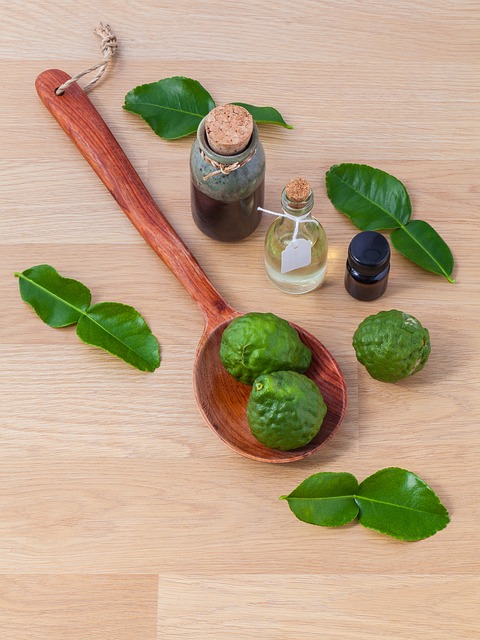
Applications
Nutritious
The essential oil extracted from bergamot is used as a flavoring agent for various teas, baked goods, confectionery and confectionery products. In Italy, craft or industrial production of bergamot-based jams is common; in Greece, jams are made from fruit peels prepared in syrup.
Medicinal
The essential oil has various bioactive principles that give it special medicinal properties such as antiseptic, analgesic, antibiotic, healing, detoxifying, deodorant, digestive, antipyretic, anthelmintic and harmful. In addition, it is indicated for firming skin, clearing impurities, eliminating stretch marks and treating acne, as well as for healing minor wounds and eliminating unpleasant odors.
Cosmetology
Due to the many properties of essential oils, it is one of the most popular in the cosmetic industry. The essence extracted from the peel of bergamot is an important raw material for the production of perfumes and colognes in perfumery.
Bergamot is one of the main ingredients of the famous cologne, known since the 17th century as “eau de toilette”. Today, it is a common ingredient in personal care products, including shaving creams, soaps, ointments, lotions, and hair tonics.
Aromatherapy
In aromatherapy, bergamot oil is used to soothe depression, improve mood, and relieve stress. On the other hand, it eases anxiety, exhaustion, fear, sadness and soothes nervous insomnia, as well as stimulates and tones emotions and mood.
Medicinal properties
– It is recommended to treat some urinary tract infections such as cystitis and urethritis.
– Its consumption stimulates appetite in anorexia nervosa and regulates appetite in compulsive consumption.
– It is indicated for the treatment of vaginal itching and vaginal discharge or leucorrhoea.
– Effectively cleanses oily skin, eliminates boils and acne, and also eliminates problems with herpes in the mouth.
– Bergamot essences have antidepressant properties, therefore they are widely recommended for relaxing anxious, anxious and depressed people. In addition, it acts as a relaxant and promotes sleep at night.
– The oil is used for massage or diluted with water in the bath to relieve tension and stress. Thus, it is an effective home remedy for relieving skin infections and preventing cold problems.
– In aromatherapy, it is used in steam therapy to combat affective emotional disorders, depression and premenstrual syndrome.
– In combination with creams or lotions, it is used to heal cuts and wounds on the skin, as well as for some mild skin conditions.
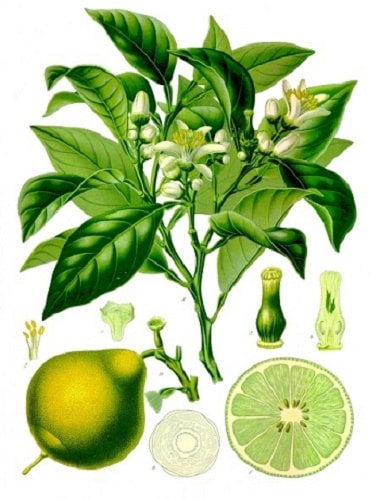
Diseases
Like most critics, your crop is attacked by various pathogens such as fungi, bacteria and viruses that cause diseases of economic interest.
Homozis
Fungal disease caused by a fungus Phytophthora parasitica . The main symptom is the presence of a thick brown resin on the bark of the tree.
Greasy or soot-covered mold
This is manifested in the growth of a fungus of the genus Capnodium on the surface of the leaves due to the accumulation of sugary fluids. The disease is associated with the presence of other pests such as mealybugs and aphids.
Brown rot
Brown rot is caused by a group of fungi of the genus Phytophthora which damage the roots, and also cause ulcers and gummoses on the trunk. In fact, they cause a general weakening of the plant and dropping of its leaves.
Sorrow virus
A virus that causes chlorosis and leaf fall, as well as premature flowering. It is transmitted by aphids Toxoptera citricida , this is a very dangerous virus that is incurable and can cause the death of a plant within a few days.
